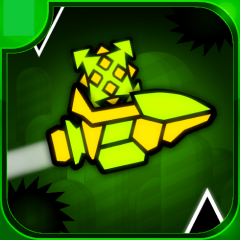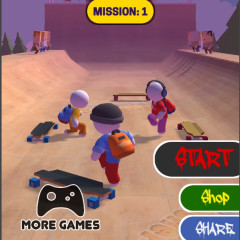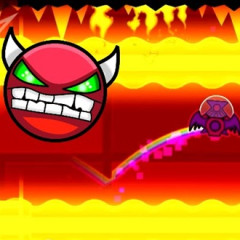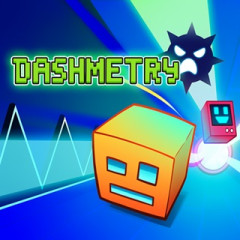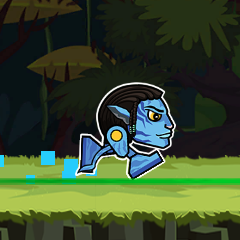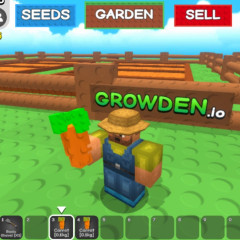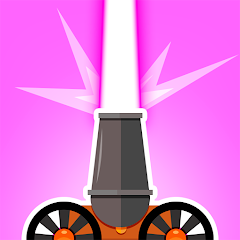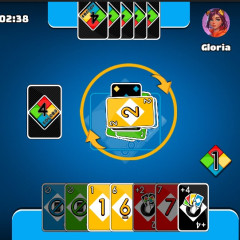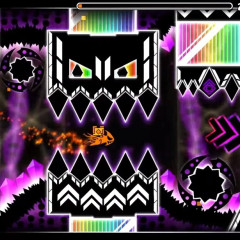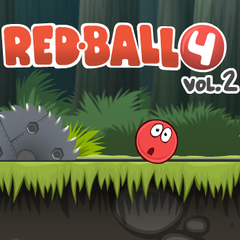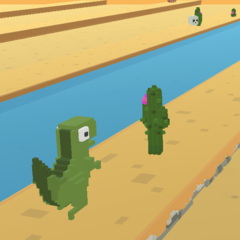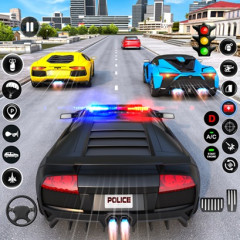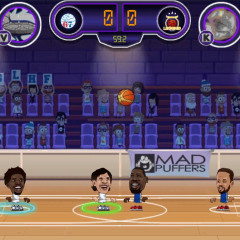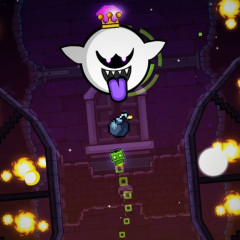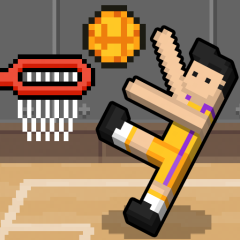Learn To Fly
Learn To Fly is a physics-based flying game where a stubborn penguin upgrades gear to glide farther, earn money, and prove that penguins can fly.
What happens in Learn To Fly?
The game follows a penguin who refuses to accept that penguins cannot leave the ground. After reading a mocking article, the bird heads to a frozen training ground, jumps off ramps, crashes into snow, learns from each attempt, and slowly turns short hops into long glides across the sky.
In some versions, the goal grows beyond learning to fly. A giant iceberg becomes the target, and every upgraded launch helps the penguin get closer to smashing that wall of ice once and for all.
How do you play Learn To Fly?
Each run starts on top of a snowy slope. The penguin slides down, launches into the air, and follows a curved flight path controlled by you.
- Use the left and right arrow keys to adjust the angle of flight.
- Keep the nose slightly down to maintain speed without diving into the ground.
- Trigger rocket boosts when speed begins to drop rather than at the very start.
Distance, height, and maximum speed at the end of a run convert into cash. That cash then fuels the next round of upgrades.
How does the upgrade system work?
The core loop revolves around earning money, buying upgrades, then flying farther to earn even more. Several gear categories shape each attempt:
- Ramps and sleds: Improve launch speed at the start of a run.
- Gliders: Help the penguin stay in the air longer and reduce loss of speed.
- Rockets and boosters: Provide bursts of thrust during midair flight.
- Stat upgrades: Improve lift, reduce drag, or allow stronger equipment.
Choosing what to upgrade first makes a big difference. Many players favor gliders and boosters early on, then invest in stronger launch equipment once each flight already lasts a reasonable amount of time.
How can you score higher and progress faster?
Good progress depends on both upgrades and technique. A few principles help runs feel smoother and more productive:
- Maintain a shallow angle: Pointing straight up kills speed, while pointing straight down wastes distance. A gentle downward tilt often yields the best travel range.
- Save boosters for weak moments: Use rockets when speed starts to fade or just before a crash, squeezing extra meters out of each launch.
- Complete missions: Missions reward bonus cash for specific tasks such as reaching a distance target or hitting a certain speed, speeding up long-term progress.
- Learn level rhythm: After several attempts, you start to remember when altitude drops, when to push boosters, and when adjustments matter most.
What advanced techniques do skilled players use?
Beyond basic flying, long-time fans developed special techniques for speedruns and record attempts.
- Bunny hopping: Rapidly tapping left and right can help preserve momentum close to the ground, leading to longer flights in fewer in-game days.
- Momentum tricks: Some versions contain quirks where restarting at specific times stacks speed between sessions. These tricks mainly serve as fun experiments for players who enjoy pushing the physics engine to its limits.
New players do not need such techniques to enjoy the game or finish the story, yet they add an extra layer for anyone who loves optimization.
Why does Learn To Fly remain popular?
The penguin’s journey blends humor, steady progression, and satisfying physics into a simple control scheme. Each short run teaches something new about angles, timing, or upgrade choices. A failed launch still earns money, which turns into better equipment and stronger attempts later.
Whether you want a light arcade session or a focused push for record distances, Learn To Fly offers a loop that rewards patience, curiosity, and a bit of stubborn determination—just like its main character.






